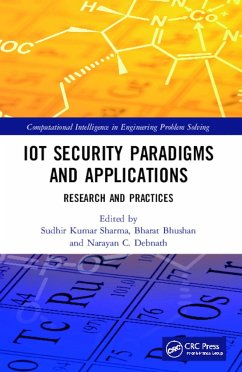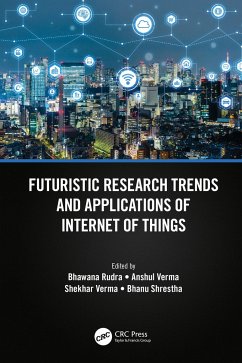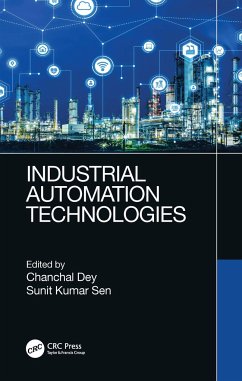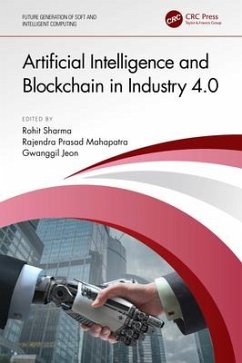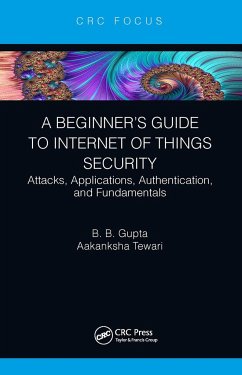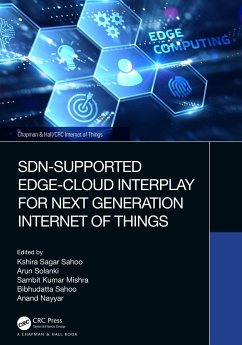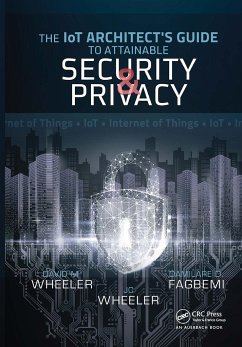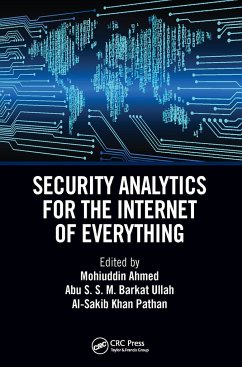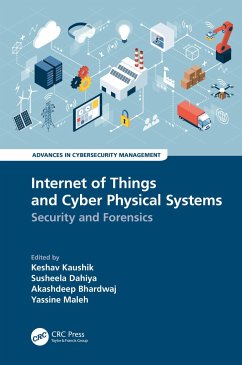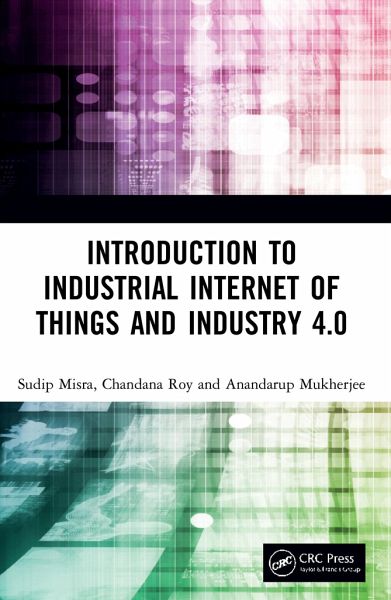
Introduction to Industrial Internet of Things and Industry 4.0
Versandkostenfrei!
Versandfertig in 6-10 Tagen
84,99 €
inkl. MwSt.

PAYBACK Punkte
42 °P sammeln!
Industrial IoT (IIoT) and Industry 4.0 are newly developing and fast emerging domains of interest among students, researchers, and professionals in academia and industry. Due to the popular demand of this topic, Introduction to Industrial Internet of Things and Industry 4.0 is written to serve a diverse readership from the domains of computer science and engineering, mechanical engineering, information technology, industrial engineering, electronics engineering, and other related branches of engineering. Based on the lead author's massive open online courses (MOOCs), this book can be used as a...
Industrial IoT (IIoT) and Industry 4.0 are newly developing and fast emerging domains of interest among students, researchers, and professionals in academia and industry. Due to the popular demand of this topic, Introduction to Industrial Internet of Things and Industry 4.0 is written to serve a diverse readership from the domains of computer science and engineering, mechanical engineering, information technology, industrial engineering, electronics engineering, and other related branches of engineering. Based on the lead author's massive open online courses (MOOCs), this book can be used as a textbook on the emerging paradigm of Industry 4.0 and IIoT, as well as a reference for professionals working in sectors of IIoT.
The book covers the significant aspects of IIoT in detail, including sensors, actuators, data transmission, and data acquisition, which form the core of IIoT. Topics and concepts are presented in a comprehensive manner, so that readers can develop expertise and knowledge. The book helps beginners to gain a basic idea of Industry 4.0 and IIoT as the first section is an overview of IoT applications, infrastructure-based protocols, cloud computing, and fog computing. The second section is designed to impart a basic knowledge of Industry 4.0 and IIoT as well as of the different phases of development in industry. Delving into more advanced areas, other sections in the book cover:
The business models and reference architecture of IIoTThe technological aspects of Industry 4.0 and IIoTPredictive and prescriptive analytics applied in IIoT-based implementationsApplications and case studies of IIoTKey enabling technologies of IIoT
To aid students and professional master IIoT and Industry 4.0, the book includes conceptual questions, exercises, and learning objectives.
The book covers the significant aspects of IIoT in detail, including sensors, actuators, data transmission, and data acquisition, which form the core of IIoT. Topics and concepts are presented in a comprehensive manner, so that readers can develop expertise and knowledge. The book helps beginners to gain a basic idea of Industry 4.0 and IIoT as the first section is an overview of IoT applications, infrastructure-based protocols, cloud computing, and fog computing. The second section is designed to impart a basic knowledge of Industry 4.0 and IIoT as well as of the different phases of development in industry. Delving into more advanced areas, other sections in the book cover:
The business models and reference architecture of IIoTThe technological aspects of Industry 4.0 and IIoTPredictive and prescriptive analytics applied in IIoT-based implementationsApplications and case studies of IIoTKey enabling technologies of IIoT
To aid students and professional master IIoT and Industry 4.0, the book includes conceptual questions, exercises, and learning objectives.





